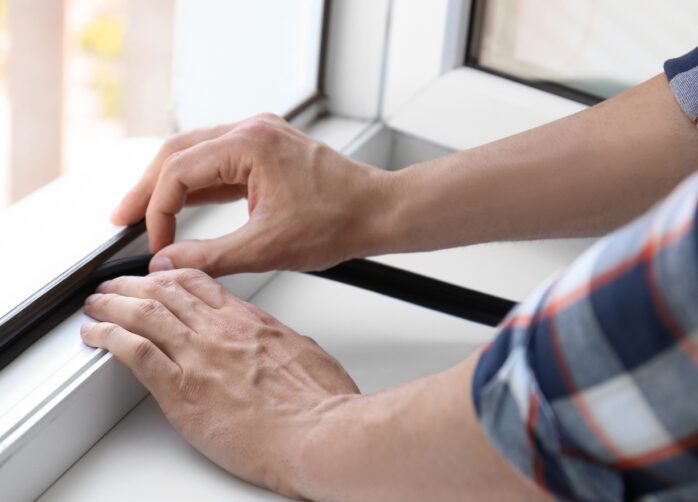
Imagine a chilly winter’s night, the wind howling outside, and your cozy home battling the elements. But wait – what’s that? Is a cold draft sneaking its way through your exterior windows? It’s an all-too-familiar scenario for many homeowners, as a draft can turn the comfort of your abode into an energy-draining nightmare. However, fear not, for there is an art to weatherproofing that can shield your home from the clutches of unpredictable weather.
In this comprehensive guide, we will explore the art of weatherproofing, helping you identify drafty windows, choose the right materials, and apply effective techniques to ensure your home remains warm and energy-efficient all year round.
DIY vs. Professional Services
As you embark on your weatherproofing journey, you may be wondering whether to tackle the task as a DIY project or seek the expertise of professional weatherproofing services. Both options have their merits, and the decision depends on various factors such as the complexity of the weatherproofing required, your DIY skills, and your time constraints.
If you have basic DIY experience and feel confident in your abilities, DIY weatherproofing can be a cost-effective and rewarding endeavor. There is a wealth of resources, guides, and instructional videos available to guide you through the process.
However, if you are dealing with extensive drafts, intricate window designs, or lack the necessary tools and expertise, enlisting professional services from a siding company may be the more optimal solution.
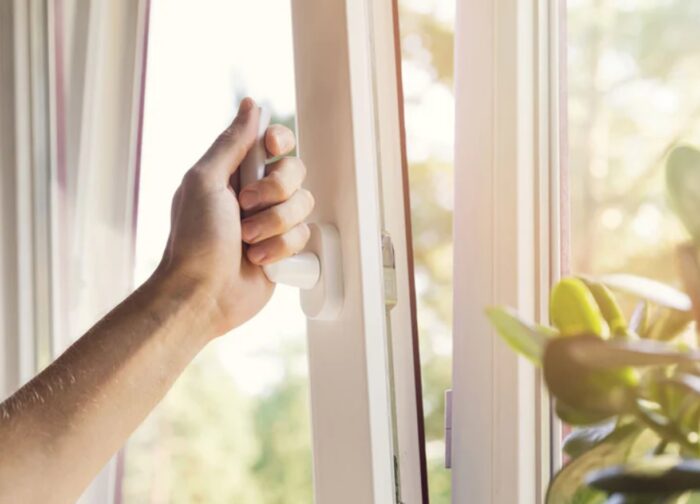
Why Is It Important?
Weatherproofing, often overlooked, is a critical aspect of home maintenance and energy conservation. It involves the meticulous process of sealing and insulating windows to prevent unwanted air infiltration, which can lead to significant energy loss and increased utility bills.
A well-insulated home not only enhances comfort but also reduces the strain on heating and cooling systems, ultimately benefiting the environment.
Additionally, weatherproofing can safeguard your dwelling from moisture intrusion, preventing potential structural damage, mold growth, and wood rot.
The Preparation Process
Now that you’ve located the drafty culprits, it’s time to prepare your windows for the weatherproofing process. Begin by cleaning the window frames and removing any dirt, dust, or old caulk to ensure proper adhesion of weatherproofing materials.
Gently scrape off any chipped or flaking paint to create a smooth surface. For the best results, clean the windowpanes inside and out to eliminate any obstructions that may hinder the weatherproofing application.
Once your windows are primed for the task, you’re ready to take the next step in the weatherproofing journey.
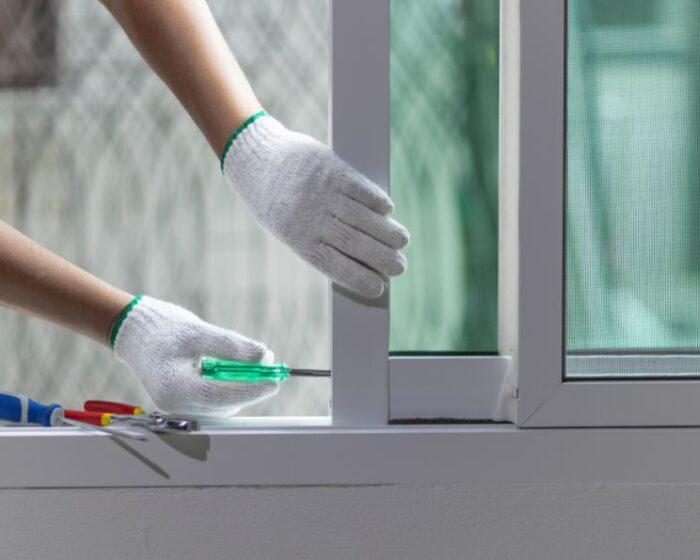
Choosing the Right Materials
Weatherproofing materials play a pivotal role in sealing gaps and preventing air leakage around your windows. Selecting the right materials can make a significant difference in the effectiveness and longevity of your weatherproofing efforts.
Weatherstripping is an excellent option to fill gaps between movable parts of the window, such as sashes and frames. There are various types of weatherstripping, including adhesive-backed foam, vinyl, and silicone, each suitable for different applications.
Additionally, caulking is vital for sealing stationary components, such as the window frame and trim. Silicone-based caulks are particularly durable and suitable for both interior and exterior use.
Proper Techniques
Weatherstripping is a highly effective method of sealing gaps around your windows to prevent air leakage. Depending on the type of weatherstripping material you choose, there are different techniques for installation.
Adhesive-backed foam weatherstripping is easy to apply and perfect for filling small gaps. Start by measuring the gaps around your window frames, then cut the weatherstripping to size and peel off the backing to expose the adhesive.
Press the foam firmly into the gaps, ensuring a snug fit. For vinyl or silicone weatherstripping, measure and cut the material precisely, then insert it into the gaps using a putty knife or a flat-edged screwdriver.
For sliding windows, self-adhesive V-strip weatherstripping is an excellent choice, as it adheres to both sides of the sash, creating a tight seal.
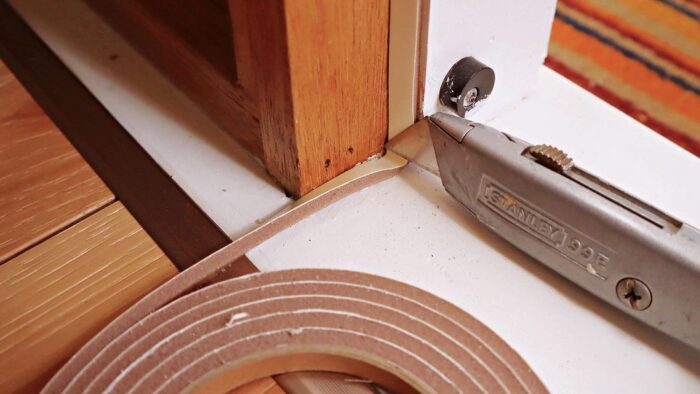
Caulking and Sealing Effectively
Caulking is a crucial component of weatherproofing stationary parts of your windows, such as the frame and trim. It forms a waterproof and airtight seal, preventing moisture and drafts from infiltrating your home. Before applying caulk, ensure the surfaces are clean and dry.
For the best results, use a high-quality silicone-based caulk that is both weather-resistant and flexible. Cut the caulk tube tip at a 45-degree angle and insert it into a caulk gun.
Apply a smooth and continuous bead of caulk along the gaps between the window frame and the wall. Use a caulk smoothing tool or a moistened finger to create a neat finish. For larger gaps or cracks, consider using expandable foam sealant to fill the voids effectively.
Installing Draft-Resistant Treatments
Apart from weatherproofing materials, draft-resistant window treatments can provide an extra layer of insulation, helping to keep your home comfortable and energy-efficient.
Options like thermal curtains or insulated cellular shades are designed to trap air and reduce heat transfer, improving your home’s insulation and lowering your energy consumption. Thermal curtains have a dense, insulating lining, often made of foam or thermal fleece, which acts as a barrier against drafts.
Insulated cellular shades feature honeycomb-shaped cells that trap air, providing an additional thermal barrier between the window and the room.
By strategically incorporating draft-resistant window treatments, you not only enhance the aesthetics of your space but also add an extra measure of weather protection and energy efficiency.
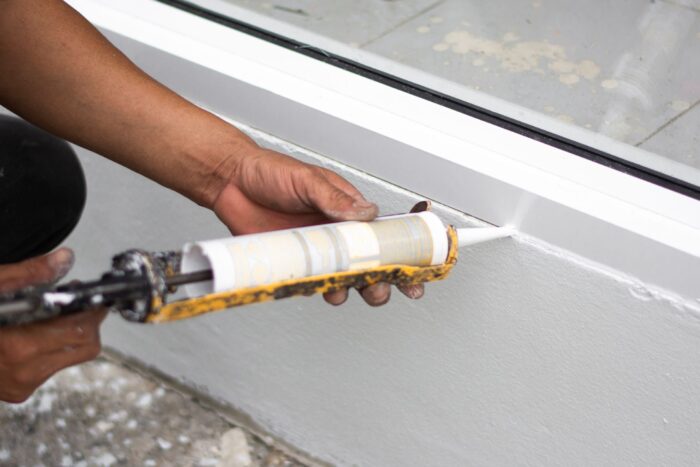
Final Words
In conclusion, weatherproofing your exterior windows is an art that not only enhances the comfort of your home but also contributes to energy conservation and a more sustainable future.
Understanding the importance of weatherproofing sets the foundation for a warmer and more energy-efficient living space. Identifying drafty exterior windows is the crucial first step in your weatherproofing journey, followed by proper preparation and the selection of suitable weatherproofing materials.
Mastering weatherstripping techniques and effective caulking ensure airtight seals, while draft-resistant window treatments add an extra layer of insulation and comfort.
Finally, the decision to pursue DIY weatherproofing or enlist professional services depends on the complexity of the task and your personal expertise.





